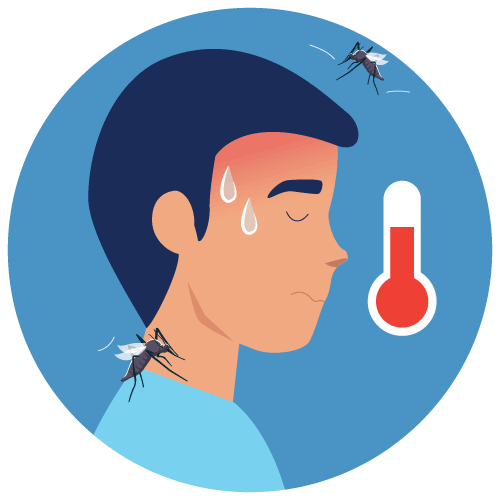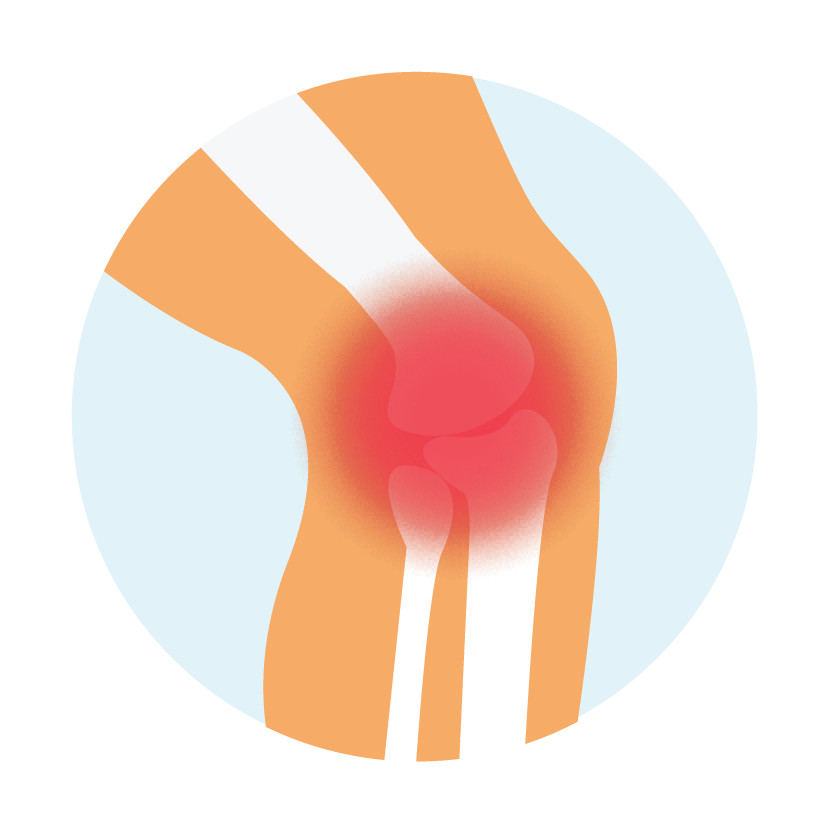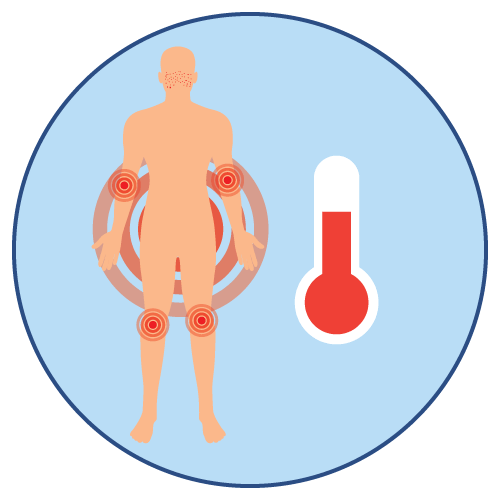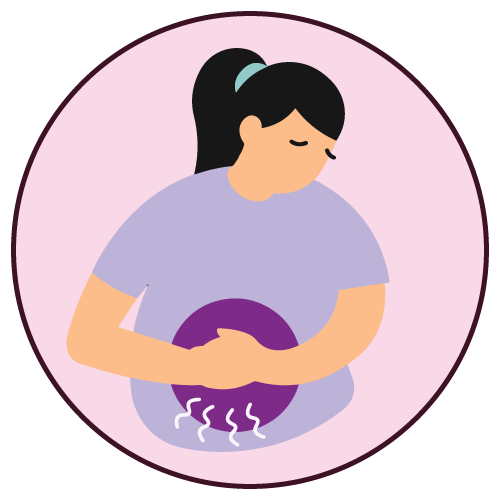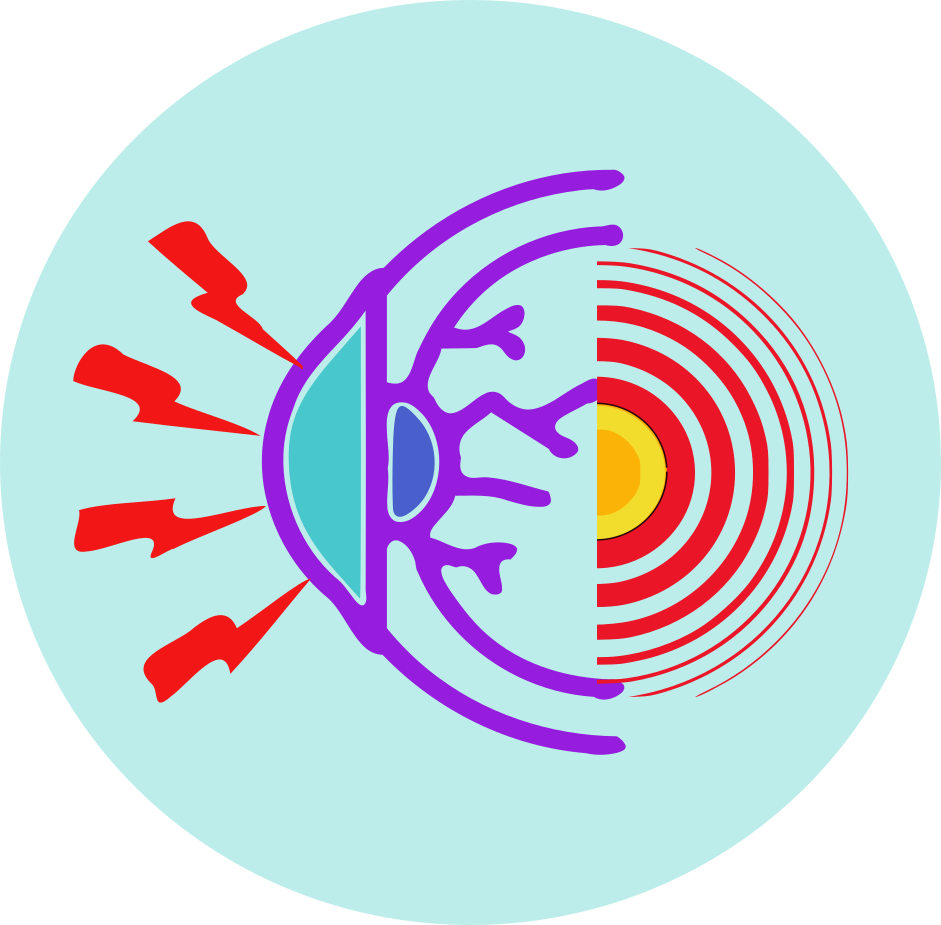| Name | Hydroxychloroquine Sulphate |
| Classes |
Antirheumatic |
| Diseases |
Infectious Disease/Inflammatory Disease Lupus Malaria Rheumatoid Arthritis |
Hydroxychloroquine Sulphate
Hydroxychloroquine sulfate belongs to the class of drugs known as antimalarials. The exact mechanism of action of hydroxychloroquine in the treatment of malaria is not well understood. However, its antimalarial effects are believed to be related to its ability to accumulate in and alter the acidic environment of the intracellular malaria parasite. Additionally, hydroxychloroquine has immunomodulatory properties and is used in the treatment of certain autoimmune diseases.
Hydroxychloroquine sulfate is indicated for the treatment of:
- Malaria caused by Plasmodium vivax, Plasmodium malariae, Plasmodium ovale, and susceptible strains of Plasmodium falciparum.
- Rheumatoid arthritis.
- Systemic lupus erythematosus.
Malaria:
- Prophylaxis in Adults: Take 400 mg (310 mg base) once weekly, consistently on the same day each week, starting two weeks prior to potential exposure, and continue for four weeks after departing the endemic area.
- In weight-based dosing for both adults and pediatric patients, the recommended dose is 6.5 mg/kg (5 mg/kg base), not exceeding 400 mg (310 mg base), once weekly on the same day of the week. Initiate two weeks prior to potential exposure and continue for four weeks after leaving the endemic area.
- Treatment of Uncomplicated Malaria in Adults: Administer 800 mg (620 mg base) initially, followed by 400 mg (310 mg base) at 6 hours, 24 hours, and 48 hours after the initial dose, totaling 2000 mg hydroxychloroquine sulfate or 1550 mg base.
- In weight-based dosage for adults and pediatric patients, the recommended dose is 13 mg/kg (10 mg/kg base), not exceeding 800 mg (620 mg base) initially, followed by 6.5 mg/kg (5 mg/kg base), not exceeding 400 mg (310 mg base), at 6 hours, 24 hours, and 48 hours after the initial dose. It is important to note that Hydroxychloroquine Sulphate film-coated tablets cannot be divided; therefore, they should not be used for patients weighing less than 31 kg.
- For radical cure of P. vivax and P. malariae infections, concurrent therapy with an 8-aminoquinoline compound is essential.
Lupus Erythematosus: The recommended daily dosage for adults is 200 to 400 mg (155 to 310 mg base), either as a single dose or divided into two doses. Dosages exceeding 400 mg per day are not advised.
For Rheumatoid Arthritis: Hydroxychloroquine's therapeutic effect is cumulative and may necessitate several weeks to months to reach its maximum potential.
- Initial adult dosage: Begin with 400 mg to 600 mg (310 to 465 mg base) daily, either as a single dose or divided into two doses. In a minority of patients, initial dosage may need to be temporarily reduced due to side effects.
- Maintenance adult dosage: Once a positive response is achieved, consider reducing the dosage by 50%, maintaining it at 200 mg to 400 mg (155 to 310 mg base) daily, as a single dose or divided into two doses. Do not exceed 600 mg or 6.5 mg/kg (5 mg/kg base) per day, whichever is lower, to minimize the risk of retinopathy.
- Combination Therapy: Corticosteroids and salicylates may be concurrently used with Hydroxychloroquine Sulphate. Gradual dosage reduction or discontinuation of these adjunct medications can usually occur once a maintenance dose of Hydroxychloroquine Sulphate is established.
Adverse reactions associated with hydroxychloroquine sulfate use may include:
- Gastrointestinal disturbances (e.g., nausea, diarrhea, abdominal cramps)
- Headache
- Rash
- Visual disturbances
- Hematologic effects (e.g., anemia, agranulocytosis)
- Neuromuscular effects (e.g., myopathy, neuropathy)
- Hypersensitivity reactions
- Retinal Toxicity: Long-term use of hydroxychloroquine may be associated with retinal toxicity. Regular ophthalmic examinations are recommended.
- Cardiac Effects: Hydroxychloroquine may prolong the QT interval. Caution is advised in patients with pre-existing cardiac conditions.
- Hypersensitivity Reactions: Hypersensitivity reactions, including anaphylaxis, have been reported. Discontinue the drug if severe reactions occur.
- Monitoring: Regular monitoring of blood counts, renal function, and hepatic function is advisable during prolonged therapy.
- Exacerbation of psoriasis and porphyria: Hydroxychloroquine Sulphate use in individuals with psoriasis may trigger a severe psoriasis episode. In cases of porphyria, the condition may worsen. The medication should only be administered in these conditions if the physician deems that the potential benefits to the patient outweigh the possible risks.
- Proximal Myopathy and Neuropathy: Instances of skeletal muscle myopathy or neuropathy, characterized by progressive weakness and atrophy in proximal muscle groups, reduced tendon reflexes, and abnormal nerve conduction, have been documented.
Contraindication
Contraindicated in patients with known hypersensitivity to 4-aminoquinoline compounds such as-
None known.
None known.
 Bangla
Bangla English
English